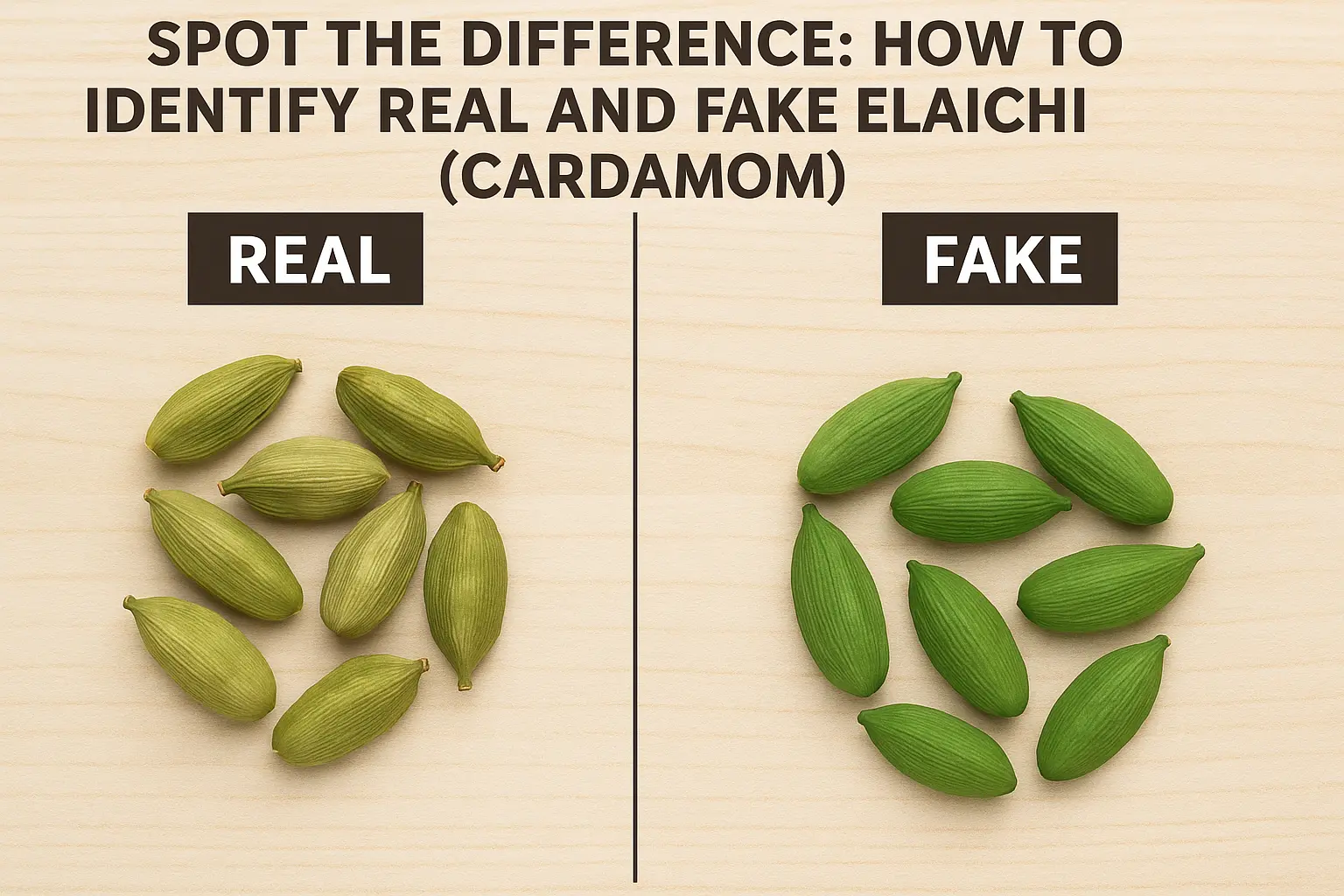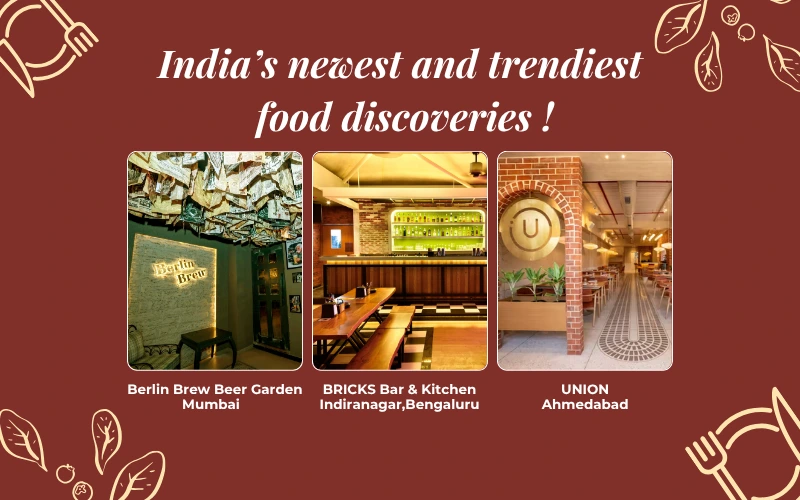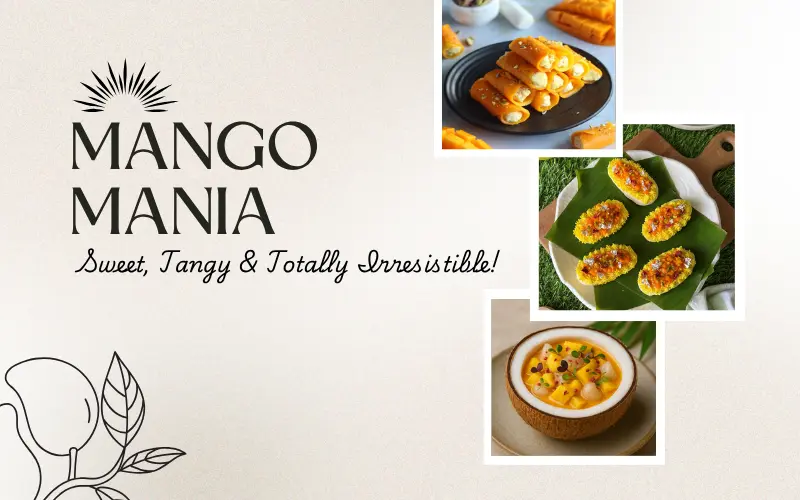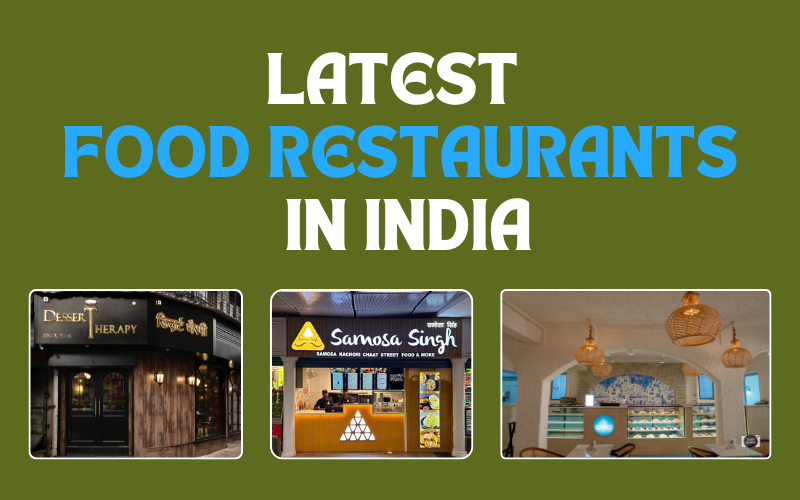Breakfast is often referred to as the most important meal of the day, and in India, it is also one of the most diverse. Each region boasts unique breakfast dishes, reflecting the local culture, ingredients, and culinary traditions. Dhanush Kumar takes you on a journey across different areas of India to discover their breakfast specialties.
Regional Breakfast Specialities across India
Kerala: Puttu and Kadala Curry

Kerala, known as “God’s Own Country,” offers a nutritious and flavourful breakfast. Puttu, a steamed rice cake layered with grated coconut, is traditionally served with Kadala Curry, a spicy black chickpea curry. This combination is a staple in many Kerala households, providing a wholesome and satisfying start to the day.
Tamil Nadu: Idli and Sambar

In Tamil Nadu, Idli and Sambar are synonymous with breakfast. Idlis are typically served with Sambar, a lentil-based vegetable stew, and an array of chutneys. This classic breakfast is delicious and easy on the stomach, making it a popular choice across South India.
Maharashtra: Misal Pav

Misal Pav, a beloved breakfast dish from Maharashtra, particularly popular in Mumbai and Pune, is more than just a meal. It is a cultural symbol, a spicy curry made from sprouted lentils, topped with crispy fried snacks, onions, and lemon, served with Pav, a type of Indian bread roll. This dish is a true reflection of Maharashtra’s vibrant food culture, connecting people through its unique flavours and history.
Punjab: Chole Bhature

No discussion of Indian breakfasts is complete without mentioning Punjab’s iconic Chole Bhature. This indulgent breakfast consists of Bhature, a deep-fried bread served with Chole, a spicy chickpea curry. Often accompanied by pickles and yogurt, this hearty meal is perfect for those who love unique flavours and generous portions.
West Bengal: Luchi and Aloo Dum

In West Bengal, breakfast is a delightful affair with Luchi and Aloo Dum. Luchi is a deep-fried, puffy bread made from refined flour, while Aloo Dum is a flavourful potato curry. Combining the soft, fluffy Luchi and the spicy Aloo Dum makes for a delicious and comforting breakfast.
Gujarat: Thepla and Chundo

Gujarat’s breakfasts are as vibrant as their culture. Thepla is a popular choice, a spiced flatbread made from whole wheat flour and fenugreek leaves. It is often served with Chundo, a sweet and spicy mango pickle. This combination is perfect for those who enjoy a balanced meal with a hint of sweetness.
Karnataka: Akki Roti and Coconut Chutney

Karnataka’s Akki Roti is a unique breakfast option. These flatbreads are typically served with coconut chutney made from rice flour mixed with vegetables and other species. This gluten-free and flavourful dish is a testament to Karnataka’s diverse culinary traditions.
Rajasthan: Bajra Roti and Lehsun Chutney

In the beautiful state of Rajasthan, breakfast often includes Bajra Roti, a flatbread made from pearl millet flour, served with Lehsun Chutney. This combination is nutritious and hearty, providing the necessary energy to start the day in the harsh desert climate.
Conclusion
Whether you prefer something light or steamed, there’s a regional Indian breakfast waiting to tantalize your taste buds. So, why not start your day with a culinary adventure and explore the delicious breakfast offerings across India.
























